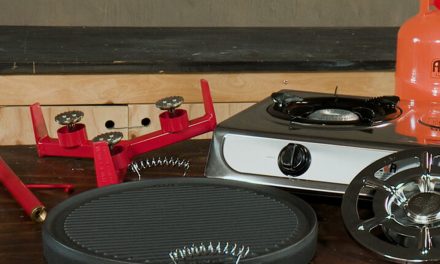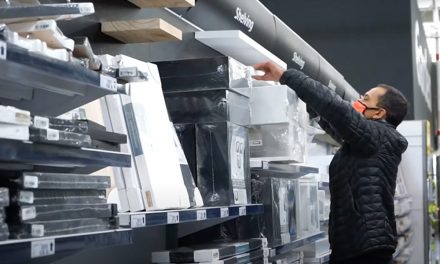Buying the right drill is one of the most important DIY decisions you’ll make because it’s used in so many jobs around the house.
Key considerations
Torque
Torque is the turning or twisting force, which is a very important indicator of a drill’s effectiveness. Two drills with the same maximum power might have different torques at different speeds. A drill with high torque at low speed is more versatile than one that only delivers maximum torque at top speed, especially for turning in screws.
Speed settings
Most have two: a low setting for screws, and high for drilling. Some have a variety of power settings, so you can exercise greater control. The greater the range, the better.
Power
An 18V cordless drill, usually the most powerful in a range, will cover most requirements. If you’re just using it to put up the odd curtain rail or turn in screws, 7,2V to 14,4V should do the trick. The rule of thumb is go for the higher-powered drill, as long as you can lift it – and afford it!
Slip clutch
A handy setting on cordless drills that disconnects the power when your screw is tight enough, so you don’t over tighten or strip the screw, or damage the motor.
Comfort
Pick it up. Hold it. Is it comfortable? Is it too heavy? Does it feel balanced in your hand? It’s no good if it has all the specs, but is awkward and uncomfortable to hold.
Batteries
Check that your drill comes with spare batteries and a charger. It’s much better to be able to swop batteries mid job if one goes flat than having to stop and wait for your battery to charge.
Top Tip: Often for a small difference in price, you can buy a drill from the professional range. You might not think that you need all its power or features, but consider that, should you find you need one of them in the future, you’d have to buy a new piece of equipment. The potential saving is clear.
Discover brushless technology
You’ll notice that some drills feature ‘brushless technology’. The difference between a brushless motor and a conventional one is that in a conventional motor, the armature with copper winding is on a central shaft, and the magnets are on the outside. Brushes transfer current to the shaft.
A brushless motor is the opposite: the copper winding is on the outside of the motor, and the magnet on the shaft. This means brushes aren’t necessary, and a little circuit board delivers the current instead. The circuit board makes the motor ‘smarter’, so it can sense how much power is needed to drive a drill through the surface you’re drilling into – so if you’re drilling into something soft, or screwing into soft wood, the drill senses it and supplies only the current needed.
Brush motors have one setting: as fast as it can go. Brushless drills tend to be more expensive than ordinary drills because they are more expensive to produce, but they have certain advantages. They’re generally more powerful (with copper windings on the outside, they can be bigger), more efficient and they last longer because they don’t have brushes, which eventually wear out.










